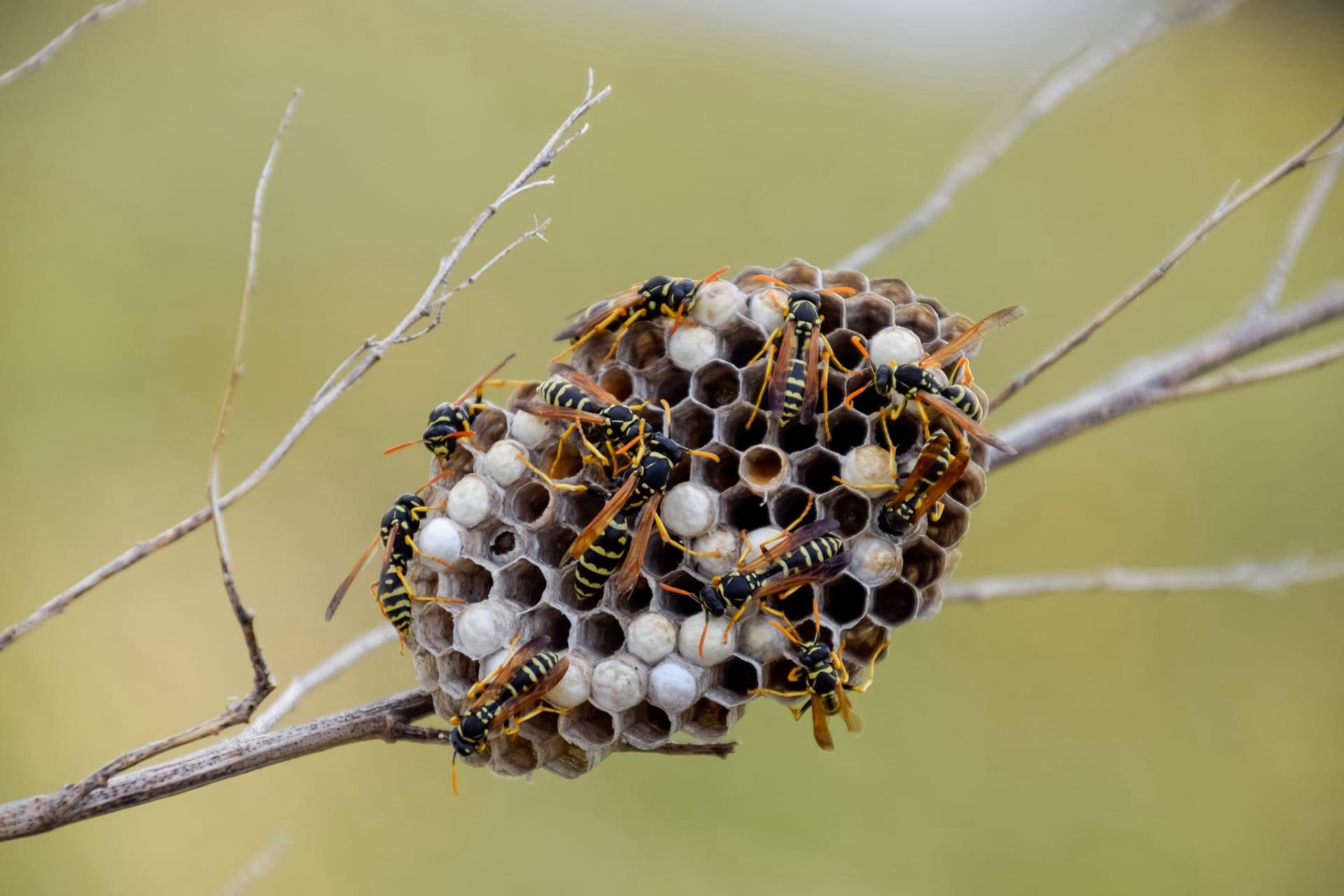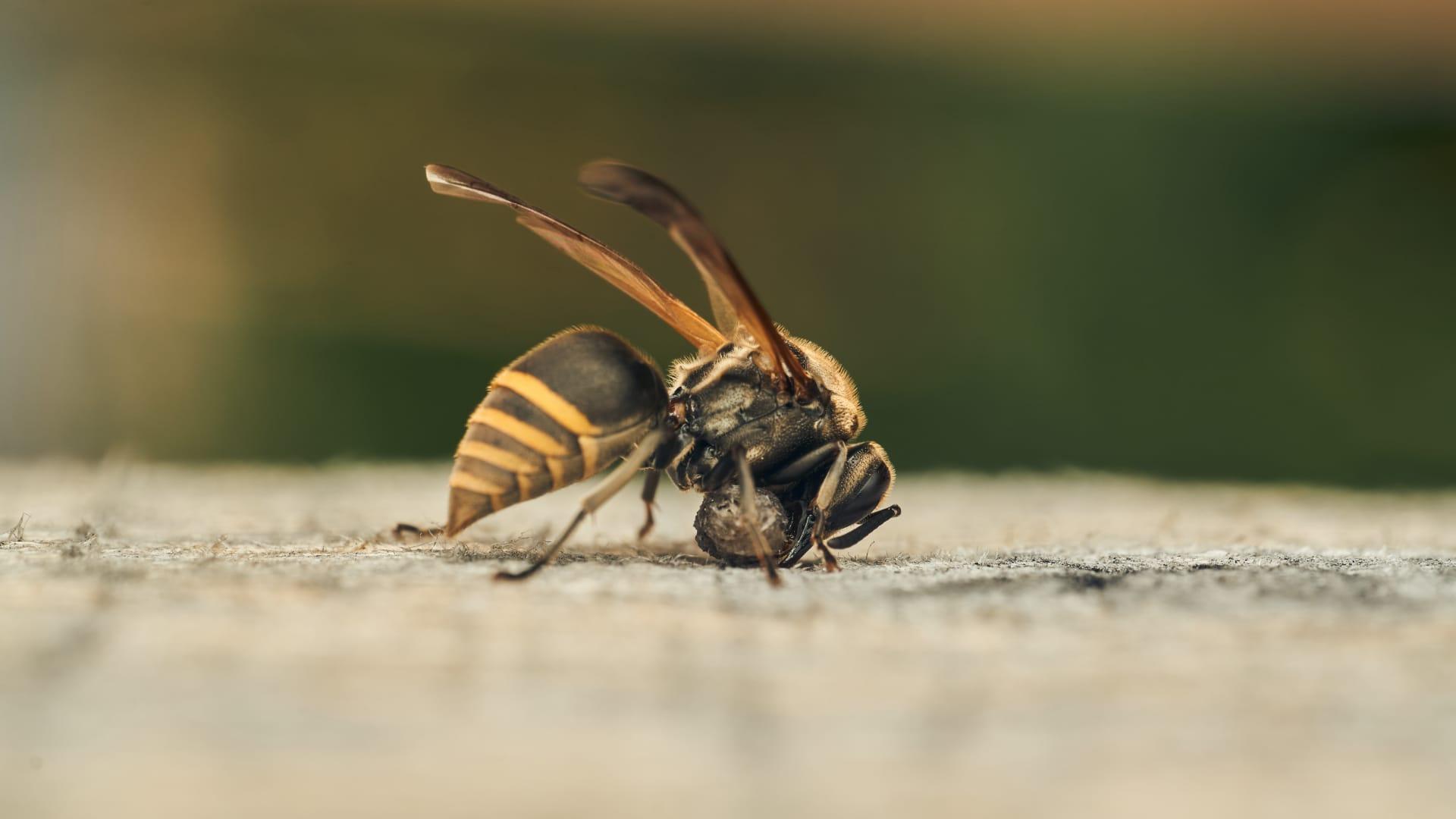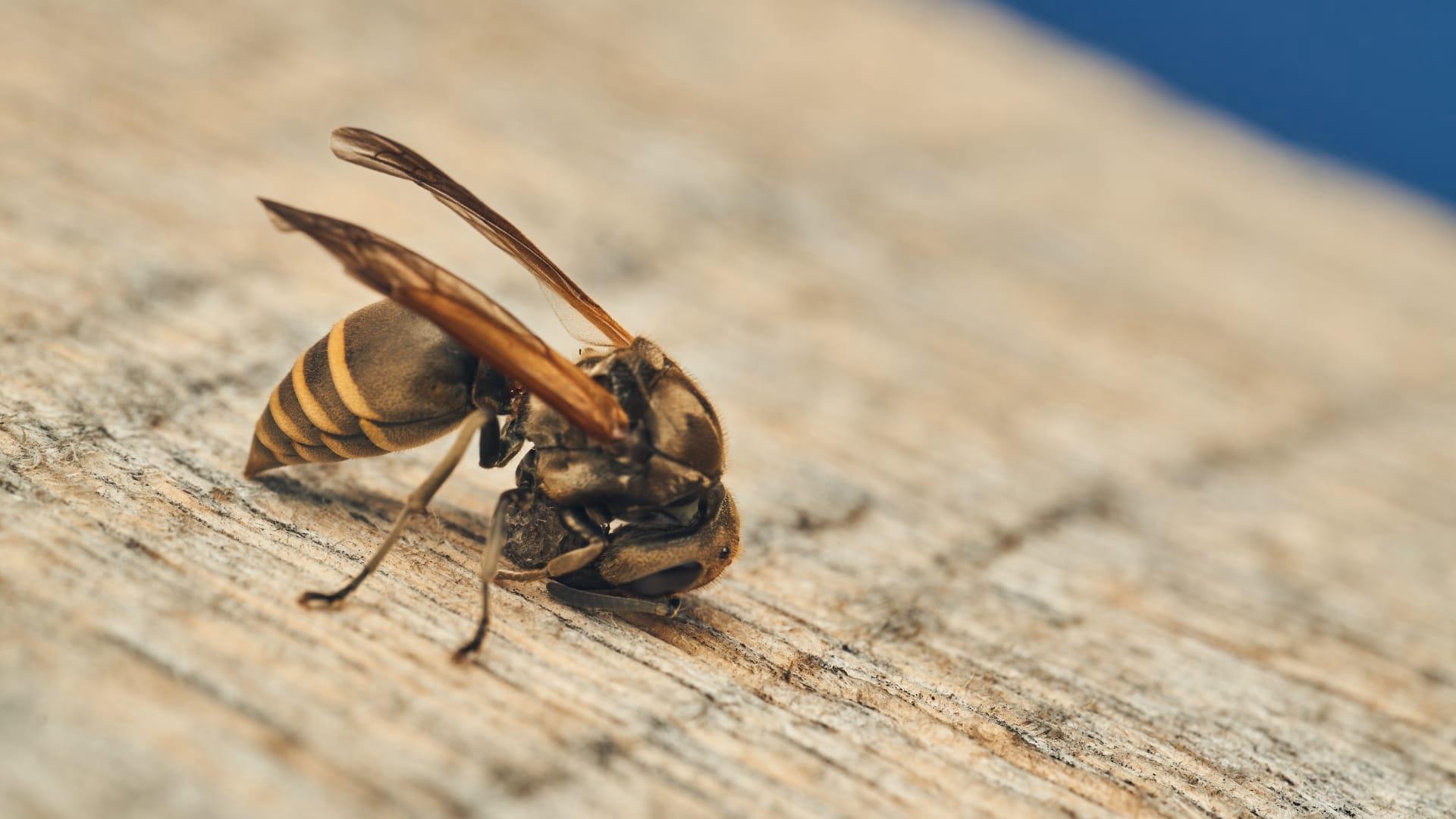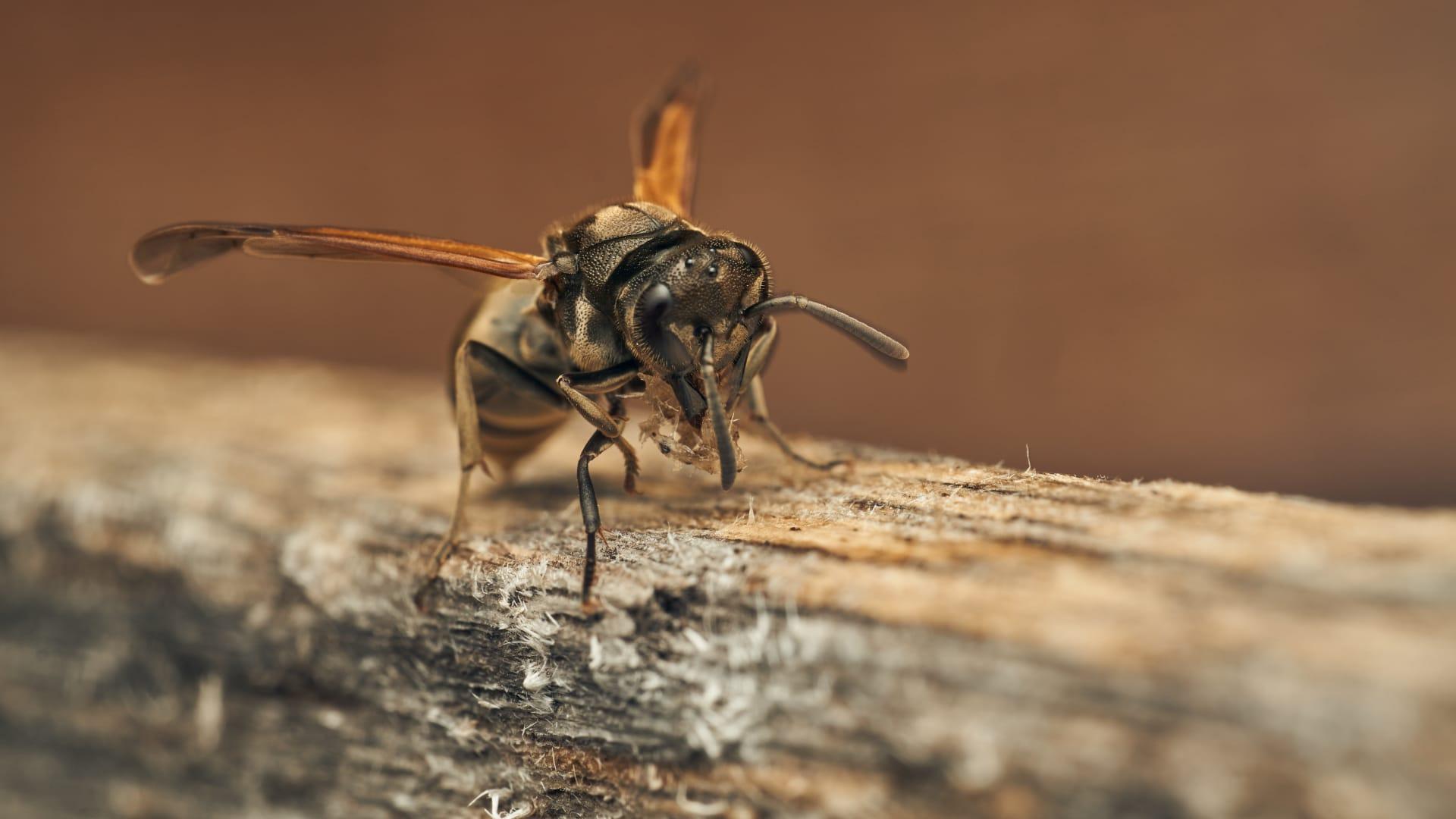1
Paper wasps, belonging to the family Vespidae, are not just any ordinary stingers. They are master architects! Imagine this: they construct their nests using a mix of plant material and saliva, which remarkably resembles paper, hence their name. These nests are often umbrella-shaped and hang from tree branches or overhangs. What's more intriguing is the size and structure of these nests. They can grow up to 9 inches in diameter and house a colony of 20-30 individuals. Each nest comprises numerous hexagonal cells, similar to a honeycomb, showcasing their incredible precision and skill in building.
Have you ever wondered about the social structure of paper wasps? It's fascinatingly complex and hierarchical. In a colony, there's typically one queen who dominates and is responsible for laying eggs. The rest of the colony consists of female workers who handle nest building, food gathering, and caring for the larvae. These workers are not just random laborers; they are closely related sisters, showcasing a tight-knit family unit. This familial bond is critical for the colony's survival, as they work together to protect and maintain the nest, hunt for food, and nurture the next generation of wasps.

2
Now, let's delve into the intriguing diet of paper wasps. Unlike bees, they are not strict vegetarians. These wasps have a diverse diet including nectar, fruits, and even other insects! They play a crucial role in the ecosystem as natural pest controllers. For instance, they are known to feed on caterpillars and other larvae that harm crops. This makes them valuable allies in agriculture. The balance in their diet between plant-based and protein-rich food sources ensures they contribute significantly to both pollination and controlling pest populations.
The communication system of paper wasps is another aspect that captures attention. They use pheromones, which are chemical signals, for various purposes like marking territory, identifying colony members, and signaling distress. These pheromones are incredibly specific, allowing wasps to differentiate between different colonies and even individual members within their own group. This sophisticated chemical communication is crucial for their survival, as it helps maintain social order and coordinates defense mechanisms against predators.

3
Paper wasps are not just builders and hunters; they are also environmental indicators. The presence of paper wasp colonies can signal a healthy ecosystem. Their sensitivity to pollutants and habitat changes makes them effective bioindicators. A decrease in paper wasp populations can often hint at environmental issues like pollution or habitat loss. Monitoring their numbers and health can provide valuable insights into the state of our local ecosystems.
The lifespan of paper wasps is a story of dedication and survival. A typical worker lives for only a few weeks, tirelessly working for the colony. In contrast, queens can live for up to one year. They spend their winters in hibernation and emerge in spring to start new colonies. This cycle of life and renewal is essential for the species' survival. The queen's longevity ensures the continuity of the colony's lineage, while the short-lived workers dedicate their existence to supporting the colony's immediate needs.

4
Paper wasps exhibit a unique behavior known as 'facial recognition'. Studies have shown that these wasps can recognize and remember individual faces of other wasps in their colony. This ability is rare among insects and highlights the complex social structure of paper wasps. Facial recognition helps maintain the colony's hierarchy and reduces conflicts, as wasps can identify each other and their roles within the colony.
The flying abilities of paper wasps are not to be underestimated. They are skilled fliers, capable of covering significant distances in search of food or nesting materials. Their wings beat at an impressive rate, and they can maneuver with precision and agility. This flying prowess is not just for transportation; it's also a defense mechanism. When threatened, they can swiftly escape predators or navigate complex environments to return to their nest.

5
Paper wasps have an intriguing way of dealing with intruders. They use a special 'warning coloration' - their distinctive yellow and black stripes are not just for show. These colors act as a warning to potential predators about their ability to sting. This form of aposematic coloration is an effective deterrent, reducing the number of attacks from birds, lizards, and other predators.
The reproduction process of paper wasps is a meticulous and fascinating affair. The queen mates only once, storing the sperm for future use. Throughout her life, she uses this stored sperm to fertilize eggs selectively. The ability to control the sex of her offspring is vital for the colony's balance, ensuring the right mix of workers and potential future queens. This selective reproduction strategy demonstrates the remarkable adaptability and survival tactics of paper wasps in their ever-changing environments.